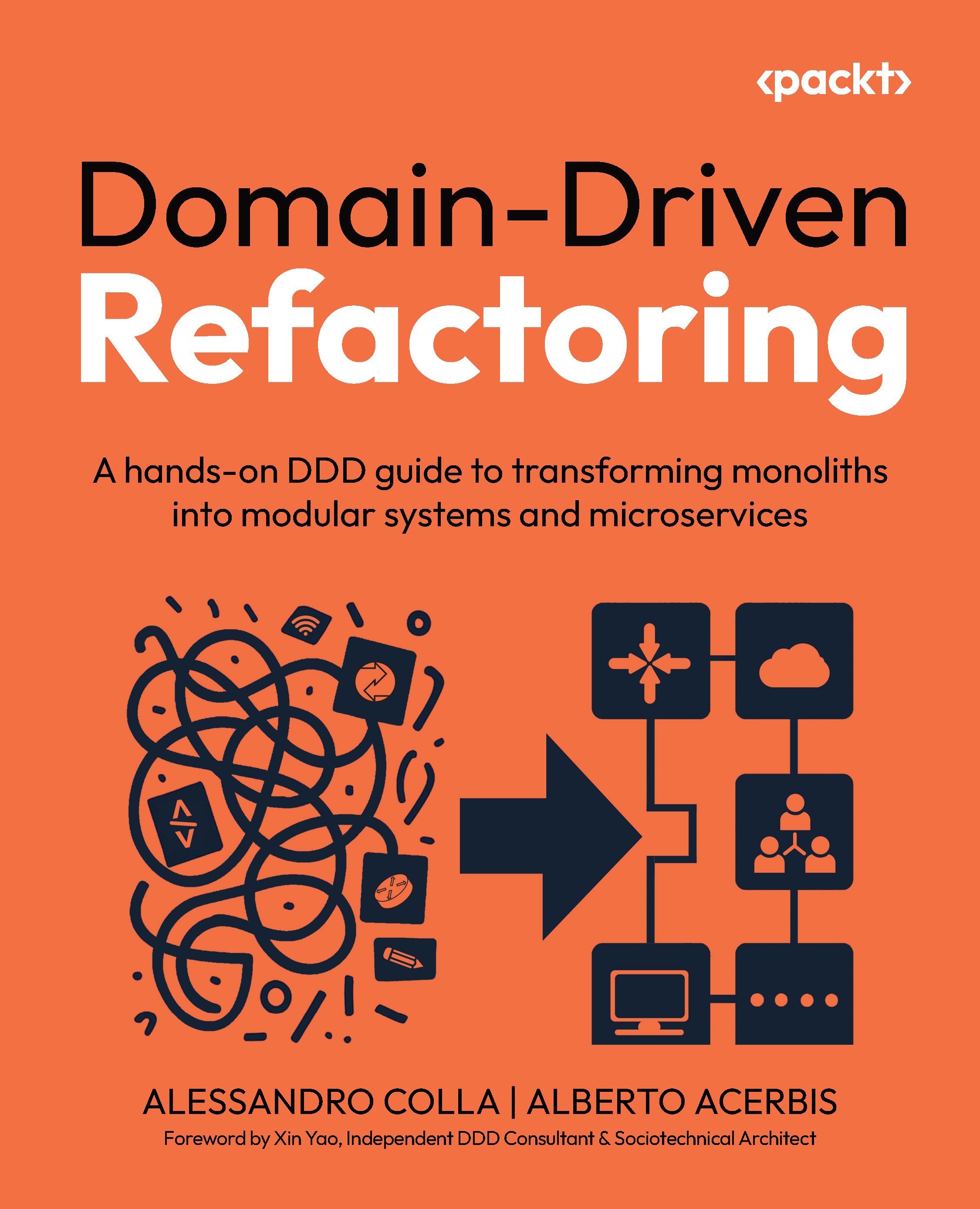Summary
In this chapter, you discovered tools to help understand and pragmatically approach complexity. You gained a comprehensive understanding of handling modern systems’ complexity by effectively separating and navigating the problem and solution spaces while mitigating biases in decision-making. You learned how to approach the complexity of modern systems, the importance of remaining in the problem space as long as possible, and how thinking about the solution changes from thinking about the problem. Additionally, you explored the differences between System 1 and System 2.
In the next chapter, we will delve into context mapping and strategic patterns. You will learn how to identify and map the various contexts within your domain, understand the relationships between them, and apply strategic patterns to manage these contexts effectively. This will enable you to align your system’s design with its business goals, ensuring a more cohesive and adaptable architecture...
































































